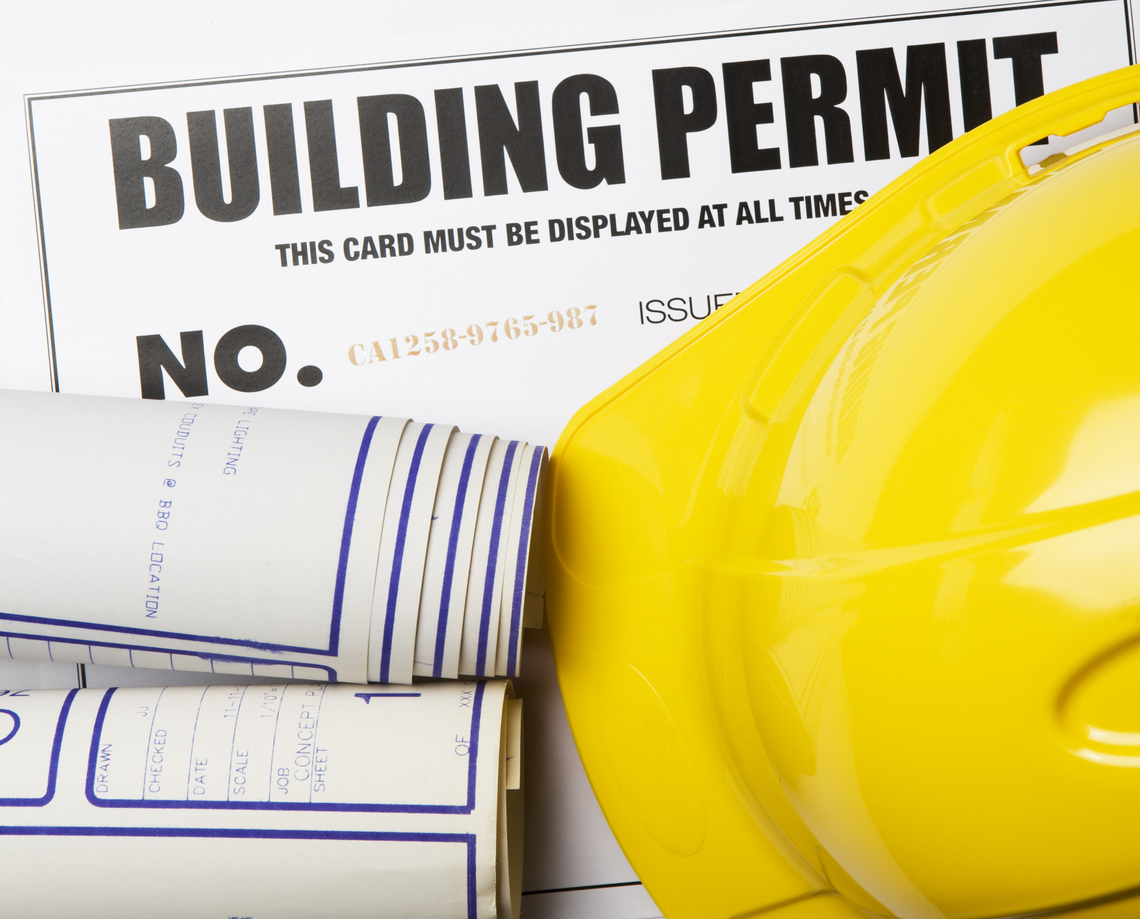Insurance company adjusters and estimators should ensure that they are including costs for a safe workplace when making construction estimates. Since failing to do so would constitute breaking federal law, it is per se bad faith if those costs are not included because all of us are expected to follow federal law.1 My recent blog post, Getting the Xactimate Construction Price Right! drew a few comments, but the most informative was from Tim Varga.
Tim Varga has numerous credentials demonstrating his education about property insurance estimating and passion for this line of work. Vargas provided several government-published handouts on the topic regarding safe workplace requirements for roofing. At his very generous request, I am providing all of them, so readers of this blog can be further educated on the topic:
- 29 CFR 1926.502(h) – “Safety monitoring systems”
- 29 CFR 1926.501 – Duty to have fall protection
- Employers Must Provide and Pay for Personal Protective Equipment (PPE)
- OSHA Fact Sheet – Fall Protection in Residential Construction
- 29 CFR 1926.25(a) – Housekeeping
- OSHA Regional Update – Roofing contractor fined for no fall protection
- OSHA 3755-05 2015 – Protecting Roofing Workers
- OSHA Fact Sheet – Reducing Falls During Residential Construction: Re-Roofing
- OSHA Fact Sheet – Reducing Falls During Residential Construction: Roof Sheathing
- OSHA Fact Sheet – Reducing Falls During Residential Construction: Roof Repair
One guide, Protecting Roofing Workers, stated the following about the danger of falls to construction workers and roofers:
Falls are the leading cause of death in the construction industry, accounting for over 3,500 fatalities between 2003 and 2013. Falls from roofs accounted for nearly 1,200, or 34%, of the fall deaths during that period. Roofers encounter many hazards on the job, including hazards associated with working at heights and from ladders, power tools, electricity, noise, hazardous substances, and extreme temperatures. Unless these hazards are controlled by the employer, roofers risk serious injury, illness and death.
The guide listed frequent cited violations of roofing contractors which property insurance adjusters should be especially concerned about when making estimates for the repair or replacement of a commercial or residential roof:
- Duty to have fall protection
- Ladder safety
- Fall protection training requirements
- Eye and face protection
- General scaffold requirements
- General safety and health provisions
- Head protection
- Fall protection systems criteria and practices
To include all of these items, property insurance adjusters and estimators have to be educated and trained about construction practices and workplace safety laws and regulations. Merlin Law Group sponsors OSHA 10 training courses for estimators and public adjusters as a public service—we are lawyers that want to encourage safe standards for workers. We strongly suggest and encourage that this should be included in the basic training for all property insurance adjusters that work for insurance companies or as independent adjusters.
God knows I need more training about construction practices, processes and materials. The more I keep delving into my little area of property insurance, the more I understand that I know less than what I thought I knew before my study and learning from others. But even I have an OSHA 10 Certification, and I suggest that others who make a living estimating construction losses should contemplate getting such training and certification.
Thought For The Day
The safety of the people shall be the highest law.
—Marcus Tullius Cicero
_________________________________________
1 Jerman v. Carlisle, 559 U.S. 573, 582 (2010) (“We have long recognized the ‘common maxim, familiar to all minds, that ignorance of the law will not excuse any person, either civilly or criminally.’ Barlow v. United States, 7 Pet. 404, 411, 8 L.Ed. 728 (1833) (opinion for the Court by Story, J.); see also Cheek v. United States, 498 U.S. 192, 199, 111 S.Ct. 604, 112 L.Ed.2d 617 (1991) (‘The general rule that ignorance of the law or a mistake of law is no defense to criminal prosecution is deeply rooted in the American legal system’). Our law is therefore no stranger to the possibility that an act may be ‘intentional’ for purposes of civil liability, even if the actor lacked actual knowledge that her conduct violated the law.”).



